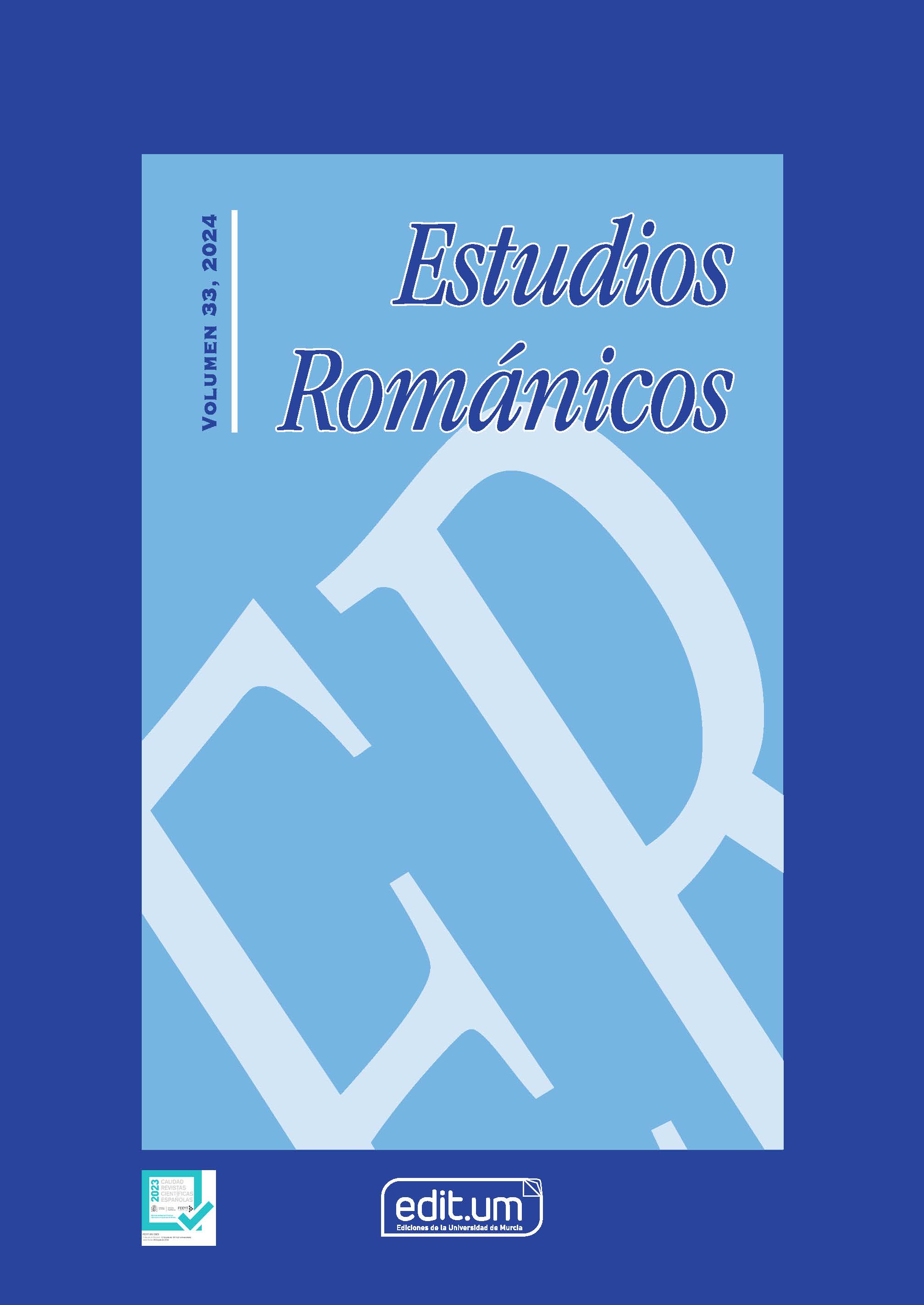Lexical Concerns in José Saramago's Works of Fiction
Supporting Agencies
- Trabajo apoyado por el Centro de Estudos em Letras (CEL) y por la Fundação para a Ciência e Tecnologia (FCT)
Abstract
One of the great concerns of writers is choosing the most appropriate lexicon for what they want to say. José Saramago (1922-2010), the Portuguese Nobel Prize in Literature, also had these concerns, but with the difference that he expressed them in the text itself. The objective of this study will be to identify in his fictional works the passages in which comments about the lexical options he took.
We will note that, taking the ones from his first literary phase, Terra do Pecado (1947) and Claraboia [1953], as well as the short story collection Objeto Quase (1978) and the novel Ensaio sobre a Lucidez (2004), where it is not possible to identify no explicit comments on the use of the lexicon, the author, in the remaining works of fiction, makes his comments whenever he considers pertinent.
The tone of the comments is in the form of small hesitations and reflections of the narrator with himself or between characters in dialogue, and which, in other writers, certainly happening, would be absent from the text. In some cases, the tone is ironic or shocking, like a wink at the reader, creating a moment of complicity with him.
Downloads
-
Abstract273
-
pdf (Español (España))252
References
CHOMSKY, Noam (1965): Aspects of the Theory of Syntax. Cambridge: MIT Press.
FIGUEIREDO, Monica (2022): “Aprender a morrer... José Saramago e a escrita da finitude”. In Nogueira, Carlos (org.). José Saramago: A Escrita Infinita. Lisboa: Tinta da China.
GUERRA DA CAL, Ernesto (1981): Língua e Estilo de Eça de Queiroz: Elementos Básicos. 4.ª ed. Coimbra: Almedina.
ISER, Wolfgang (1972): Der implizite Leser. München: Wilhelm Fink Verlag.
MACHADO, José Barbosa (2023): “Reflexões acerca do significado nas obras de ficção de José Saramago”. In: Confluenze, vol. XV, n.º 1, pp. 139-159.
MACHADO, José Barbosa (2023): “Definições de tipo lexicográfico nas obras de ficção de José Saramago”. In: Alea, vol. 25/2, pp. 1-18.
MCDONALD, Beth E. (2009): “In Possession of the Night: Lilith as Goddess, Demon, Vampire”. In Sabbath, Roberta Sternman (ed.). Sacred Tropes: Tanakh, New Testament, and Qur'an as Literature and Culture. Leiden / Boston: Brill Publishers.
SARAMAGO, José (1988): O Ano da Morte de Ricardo Reis. 9.ª edição [1.ª ed. 1984]. Lisboa: Editorial Caminho.
SARAMAGO, José (1988): A Jangada de Pedra. 4.ª edição [1.ª ed. 1986]. Lisboa: Editorial Caminho.
SARAMAGO, José (1989): História do Cerco de Lisboa. Lisboa: Editorial Caminho.
SARAMAGO, José (1992): O Evangelho Segundo Jesus Cristo. 3.ª edição [1.ª ed. 1991]. Lisboa: Editorial Caminho.
SARAMAGO, José (1992): Memorial do Convento. 21.ª edição [1.ª ed. 1982]. Lisboa: Editorial Caminho.
SARAMAGO, José (1994): Levantado do Chão. 10.ª edição [1.ª ed. 1980]. Lisboa: Editorial Caminho.
SARAMAGO, José (1995): Ensaio sobre a Cegueira. Lisboa: Editorial Caminho.
SARAMAGO, José (1997): Todos os Nomes. Lisboa: Editorial Caminho.
SARAMAGO, José (2000): A Caverna. 2.ª ed. Lisboa: Editorial Caminho.
SARAMAGO, José (2001): A Maior Flor do Mundo. Lisboa: Editorial Caminho.
SARAMAGO, José (2002): O Homem Duplicado. Lisboa: Editorial Caminho.
SARAMAGO, José (2004): Ensaio sobre a Lucidez. Lisboa: Editorial Caminho.
SARAMAGO, José (2005): As Intermitências da Morte. Lisboa: Editorial Caminho.
SARAMAGO, José (2008): A Viagem do Elefante. Lisboa: Editorial Caminho.
SARAMAGO, José (2011): Claraboia. Lisboa: Editorial Caminho.
SARAMAGO, José (2014): Alabardas, Alabardas, Espingardas, Espingardas. Porto: Porto Editora.
SARAMAGO, José (2014): Manual de Pintura e Caligrafia. [1.ª ed. 1977] Porto: Porto Editora.
SARAMAGO, José (2015): Objeto Quase. [1.ª ed. 1978] Porto: Porto Editora.
SARAMAGO, José (2020): Caim. [1.ª ed. 2009] Porto: Porto Editora.
Copyright (c) 2024 Estudios Románicos

This work is licensed under a Creative Commons Attribution-NonCommercial-ShareAlike 4.0 International License.
Las obras que se publican en esta revista están sujetas a los siguientes términos:
1. El Servicio de Publicaciones de la Universidad de Murcia (la editorial) conserva los derechos patrimoniales (copyright) de las obras publicadas, y favorece y permite la reutilización de las mismas bajo la licencia de uso indicada en el punto 2.
2. Las obras se publican en la edición electrónica de la revista bajo una licencia Creative Commons Reconocimiento-NoComercial-SinObraDerivada 3.0 España (texto legal). Se pueden copiar, usar, difundir, transmitir y exponer públicamente, siempre que: i) se cite la autoría y la fuente original de su publicación (revista, editorial y URL de la obra); ii) no se usen para fines comerciales; iii) se mencione la existencia y especificaciones de esta licencia de uso.
3. Condiciones de auto-archivo. Se permite y se anima a los autores a difundir electrónicamente las versiones pre-print (versión antes de ser evaluada) y/o post-print (versión evaluada y aceptada para su publicación) de sus obras antes de su publicación, ya que favorece su circulación y difusión más temprana y con ello un posible aumento en su citación y alcance entre la comunidad académica. Color RoMEO: verde.












